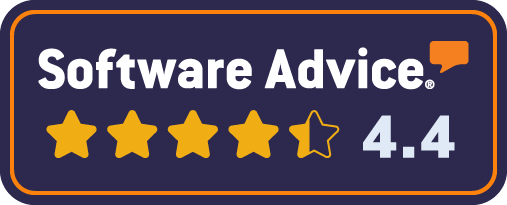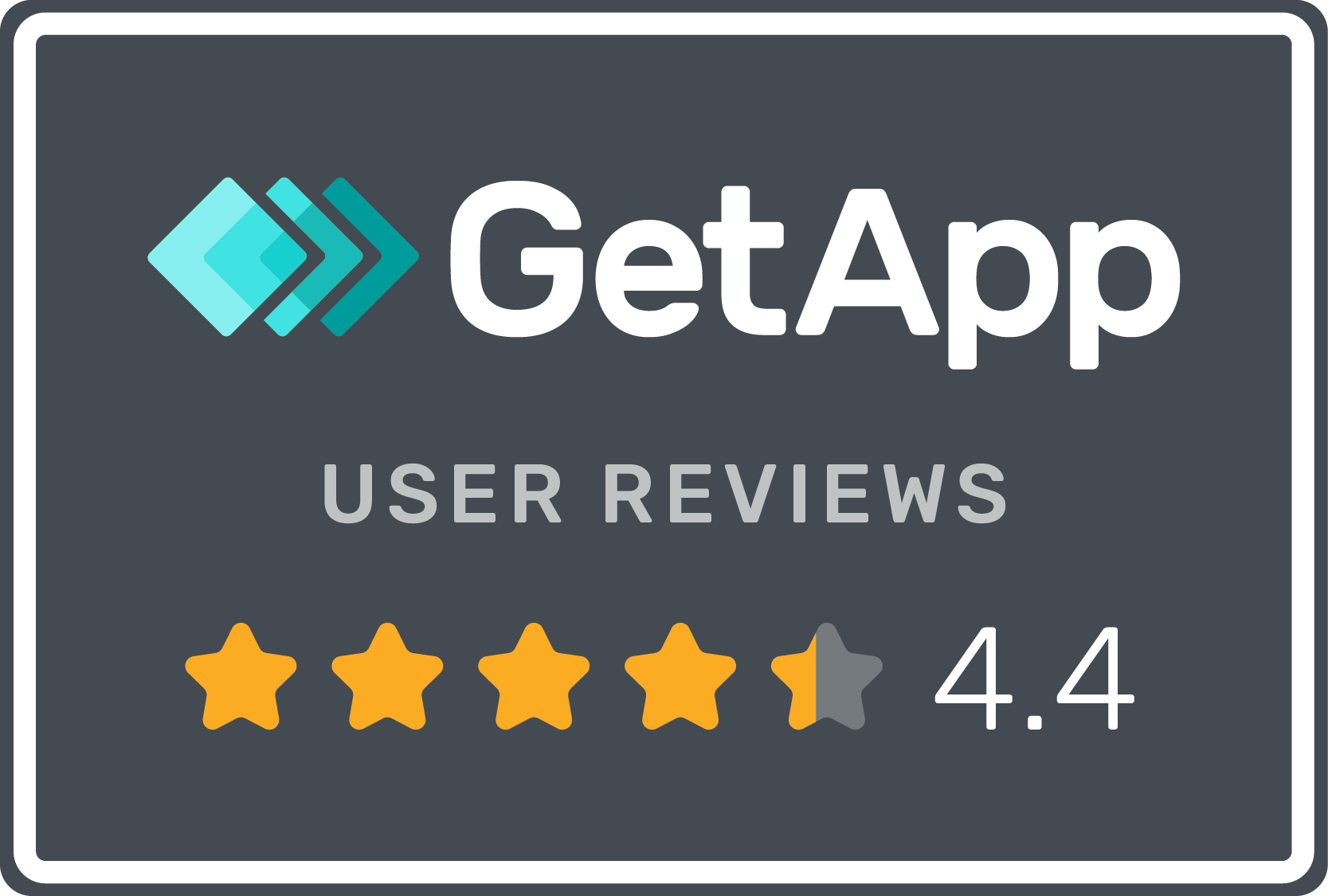flexible work.
what is flexible work?
A flexible work arrangement is any work schedule that deviates from the traditional nine-to-five office job.
When most people hear flexible work, they think about remote work. But flexible work also includes condensed workweeks (e.g. 4 day week or 9 day fortnight), hybrid work, and shared jobs.
In this post, we’ll answer all of your questions about flexible work.
why should I consider flexible work arrangements?
Let’s go through some of the benefits offering flexible work arrangements provides:
reduced costs
Flexible work is attractive to employers because they significantly reduce overhead costs. For example, if you have a physical office, you'll have to account for costs like:
- Rent
- Security
- Miscellaneous expenses like coffee and office snacks
This is all money that you could have spent on attracting better employees, optimising marketing messages, and investing in your product or service.
But by implementing a flexible working environment, not only do your employees get to work from home, but you don't have to rent out an office space and spend money on all the associated costs.
These benefits are amplified if you live in major cities like London, where rental costs are even more expensive.
increased employee happiness
FlexJobs conducted a survey in 2019 that found that 80% of employers are more loyal to a company if they have flexible work arrangements.
And since employee retention directly impacts your business's success, flexible work environments save thousands of pounds on recruitment costs.
better productivity
You might think employees are more productive when sitting in a physical office. However, the opposite is often true. When employees work in an open office, distractions are everywhere, making it harder to get work done.
Employees still have distractions working from home, but it's easier for them to manage because their colleagues aren't trying to talk to them every few minutes.
This increased productivity also comes from less time commuting. When employees have to spend an hour in traffic every day, it wastes time they could've spent on completing projects.
So without a time-consuming commute, there are more hours in a day for employees to work or relax.
types of flexible work schedules.
Not all flexible work arrangements are created equal. There are three main types of flexible work arrangements, and you want to choose one that fits your business needs best. Also note, that you don’t have to pick one for your entire organisation. Different teams can have different work schedules depending on the needs of the team and its staff.
1. condensed workweeks
If you understand the benefits of remote work but are still hesitant to jump on board because you're used to physical offices, you could opt for condensed workweeks.
Condensed work weeks are similar to regular workweeks, but the amount of days spent in the office is reduced.
For example, employees typically spend Monday to Friday in the office. But with condensed workweeks, cut the days down to four. This allows employees to have a three-day weekend, so they have more time to spend with friends and family. You just need to ensure that not everyone chooses to have the same day off. Friday is very popular to take off with people who work a four day week but this causes issues if nobody is available to work on a Friday.
2. hybrid work
The hybrid model is when employees have the freedom to work from home but need to come into the office a handful of times per month.
Many organisations are starting to see Hybrid as the “new normal” and question why they ever required staff to come into the office 5 days a week.
Hybrid models can also be a good starting point if you want to gradually work towards complete remote work. You can measure the performance of employees working from home compared to the office. If remote work is more productive, it'll encourage you to provide all or some of your employees with fully remote positions.
3. remote work
One step above hybrid work is remote work. This is when employees don't have to check into your office because everything is done remotely (usually online). If you need to discuss something face-to-face during the onboarding phase, for example, you hop on a video call.
Remote work can also help you attract top talent. For instance, when writing a job ad, you could emphasise this flexibility and state that employees can work from a much larger geographic area, potentially anywhere in the world.
This digital nomad lifestyle broadens your talent pool as you are not limiting yourself to one city or even one country. This does present new challenges though, such as how do you pay an employee who is based in another country? But before you can pay them you might want to think about how you go about employing someone in a different country.
what should I consider when designing a flexible work schedule?
Many businesses think designing flexible work schedules is easy because employees love to work from home. However, you still want to put some thought and effort into it. Consider factors like:
- What software do you need to keep employees engaged remotely? At a minimum, you'll require a team messaging app, a project management system, and productivity tools to measure performance.
- How are you going to schedule team meetings? You'll need a video call application that allows your entire team to join and has no length restriction.
- Can you meet customer demands from home? For example, if you're in customer support, you'll need to implement stricter working hours as customers want quick responses.
flexible work is easy with hireful.
Flexible work is an attractive option for many businesses because it boosts employee productivity and improves mental health while cutting costs.
But making your roles more location agnostic won’t solve all your recruitment challenges. If you want to streamline your recruitment process and supercharge your candidate experience then you might want to check out hireful’s applicant tracking system. If you want to take your hiring systems to the next level, sign up for a free trial of our ATS.










